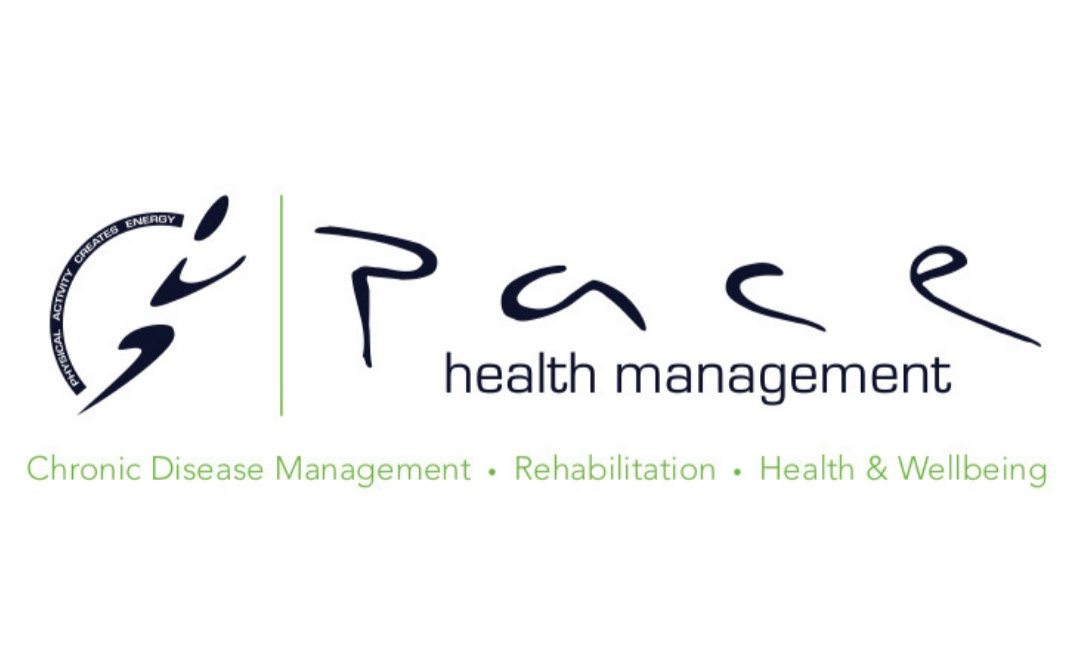Fibromyalgia and Exercise
WHAT IS FIBROMYALGIA?
Amongst today’s current population there are 3-6 % of individuals suffering from a complex rheumatic disease, 75-90% of those diagnosed are females. What is the name of this debilitating condition? Fibromyalgia Syndrome.
The exact cause of developing fibromyalgia is currently unknown. The condition presents as musculoskeletal pain and general body fatigue, sleep disturbance, headaches, memory impairment, anxiety, depression as well as digestive problems.
This very complex disease was initially classified based on widespread pain for at least 3 months; that is, pain on the left and right hand side of the body as well as below and above the waist. Typically, fibromyalgia is known to affect 11 out of 18 tender point areas throughout the body.
These areas are inclusive of the occiput, lower cervical spine, trapezius, supraspinatus, second rib, lateral epicondyle, gluteal, greater trochanter and the knee.
More recently, a subjective approach to pain (the Widespread Body Pain Index and a Symptom Severity Scale) that acknowledges memory issues, sleep disturbance, and fatigue has been used for diagnosis.
LIVING WITH FIBROMYALGIA:
Those who live with fibromyalgia are often left feeling frustrated and exhausted.
The condition will impact levels of fatigue and muscle pain, which can result in extremely reduced physical strength of the upper and lower body, resulting in the inability to complete their activities of daily living. Often the individual can have difficulty with tasks such as walking down the street, taking the rubbish out, gardening or even cleaning. Additional issues associated with fibromyalgia are as follows:
Sleep disorders
Gastrointestinal issues
Impaired cognitive function
Psychiatric disorders (e.g. anxiety and depression)
It is important to note that the debilitating symptoms of the disease can in turn affect social surroundings of family, friends and work life, which may suffer as a result of the severity of the symptoms.
HOW EXERCISE PHYSIOLOGY CAN HELP:
Quality of life for those with fibromyalgia can be improved not only by medication but with exercise. An exercise physiologist will take a physical therapy approach with a goal to manage and improve pain, fatigue, muscle weakness, sleep and overall health.
In the bigger picture this will increase quality of life. Due to the high prevalence of widespread pain throughout the body there is often inactivity amongst this population.
Recent studies have explored the effects of exercise in conjunction with connective tissue massage and found that this may be a superior way of improving pain, fatigue and sleep.
Research has also indicated restoration and maintenance of strength, aerobic capacity, mobility, balance and functional abilities will all benefit from a combined exercise and massage method. Not to mention regular exercise will positively impact a depressed mood and the overall perspective of pain.
Even though exercise is probably the last thing an individual with fibromyalgia might feel like doing, if completed regularly it has the ability to work wonders.
Exercise will reduce pain and the amount of tender points throughout the body as well as increase strength and cardiovascular fitness which will improve the ability to complete daily tasks.
APPROPRIATE EXERCISES FOR THOSE WITH FIBROMYALGIA:
Individuals with fibromyalgia will benefit from a variety of regular, low-impact exercise modes.
To improve fitness and reduce pain and fatigue, aerobic exercise is best suited. This includes modes such as:
Walking
Swimming
As muscle weakness is a common symptom for those with fibromyalgia, it is important to strengthen major muscle groups of the upper and lower body that are responsible for completing daily tasks.
This can be done by completing supervised resistance training with: • Therabands • Light weights own body weight Cale/gym machines
Research has also found that exercise that acts as a multicomponent intervention can be excellent for fibromyalgia. This type of exercise integrates the physical, psychosocial, emotional, spiritual, and behavioural elements affected as a result of the symptoms experienced with fibromyalgia.
This includes modes such as:
Tai Chi
Yoga
Water aerobics
Cycling
If you would like to chat to the PACE Health Management team on how we can support you and your diagnosis, get in touch with our friendly team today.
